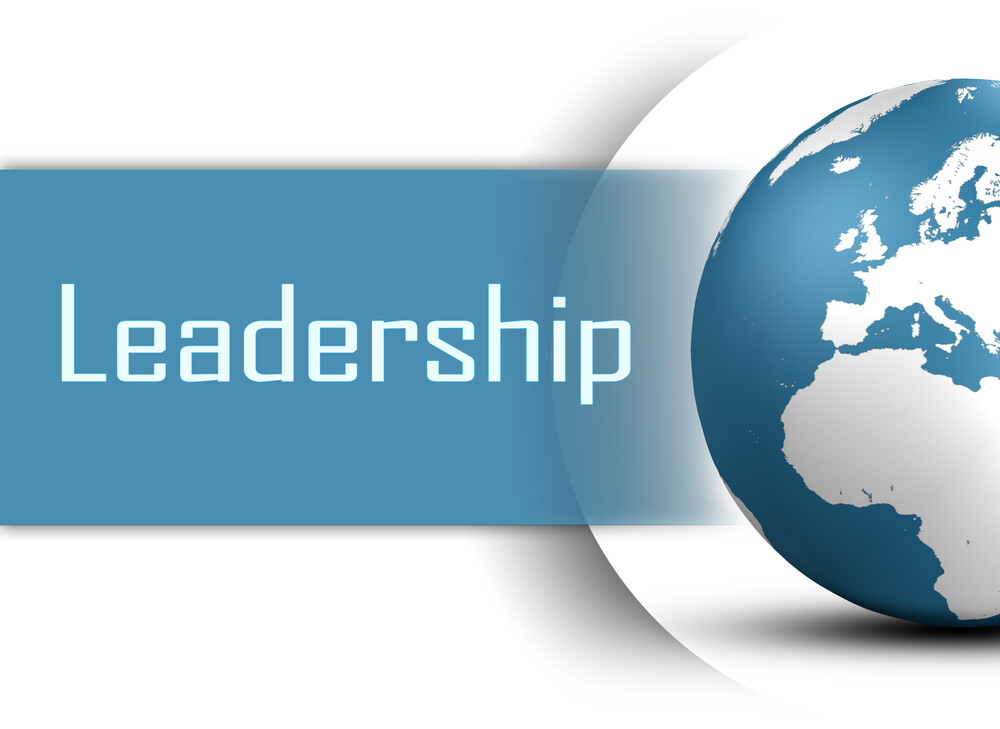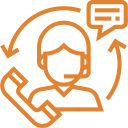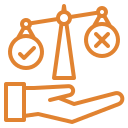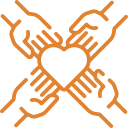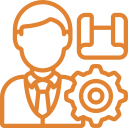William Seidman, Richard Grbavac and HRDQ-U recently hosted a free webinar entitled, Mastering the Intangibles of Great Leadership. Dr. William Seidman is the CEO of Cerebyte, Inc., a company focusing on creating high performing organizational cultures. He has worked as a manager or consultant with many large and small organizations including Hewlett-Packard, Jack in the Box, Intel, Tektronix, CVS Pharmacies, and Sears.
Rick Grbavac joined Cerebyte as Vice President in 2002. Since that time, he has worked with a wide variety of clients including Fortune 100 companies in the retailing, financial, high-tech, construction, manufacturing and health sectors.
Over 475 people registered to listen to the webinar live. Missed it? Click here now.
“This was a very good webinar. I was engaged the entire time and felt like there was some very interesting and thoughtful point made.”
“I enjoy the webinars for rekindling my spirit!”
Great leaders focus more on developing the intangibles of leadership than on the tangible attributes found in most lists of competencies or in most leadership books.
The agenda for the session was as follows:
- Discovering the Intangibles
- The 7 intangibles of great leadership
- A science and methodology for developing great leaders
It is important to understand that star leaders own their learning and use reflection to gain power. In using reflection, they have a variation of the exploding field of mindfulness and become highly structured and purposeful. This means they have a formal allocation of time to reflect, can focus reflection on learning and can share the results of their reflection. Reflection is the foundation for all other aspects of great leadership.
Companies need to identify their star performers. In doing so, they must discover their wisdom. Wisdom is more than knowledge and information. It also includes purpose and operational excellence.
Other Intangibles are:
- Passionately commit to a purpose
- Build consensus around the purpose
- Thoroughly prepare to execute
- Inspire a transformative culture
- Lead from a slow state
For more on each Intangible, click here now to watch the recorded webinar.
Do you want competent leaders or great leaders? Most organizations are facing conditions that require great leadership. If you focus on building the intangibles of great leadership, you will have a great organization!
Sign up today to make sure you don’t miss the next free webinar!

